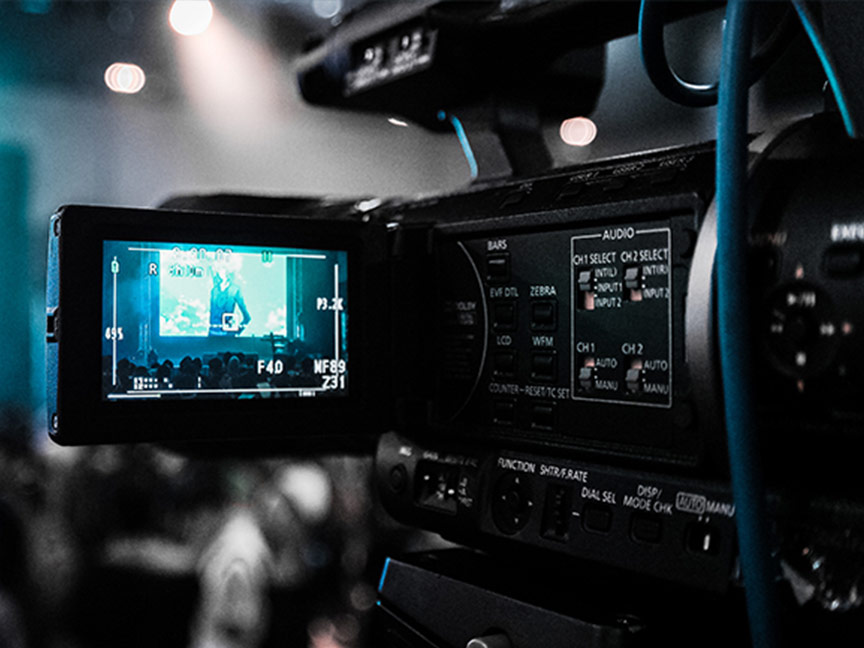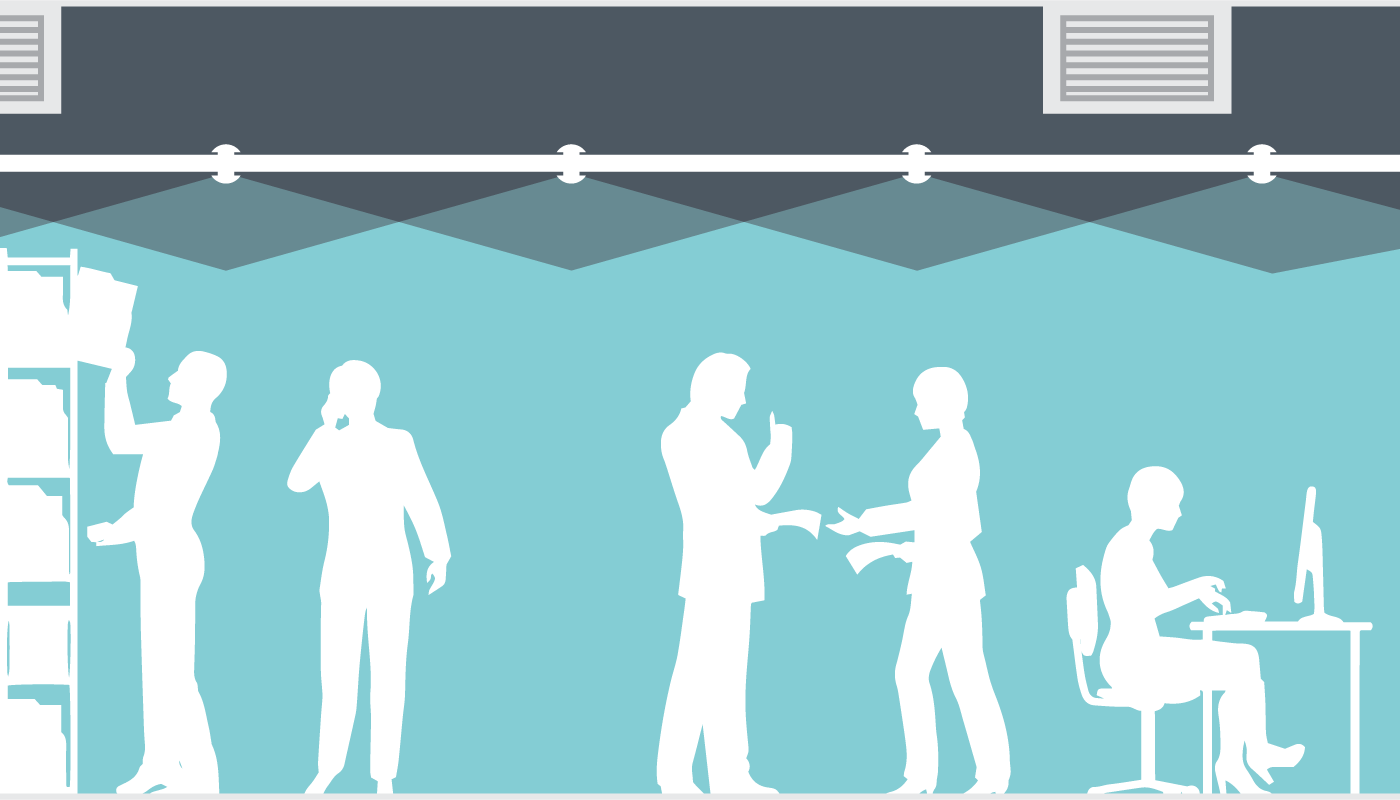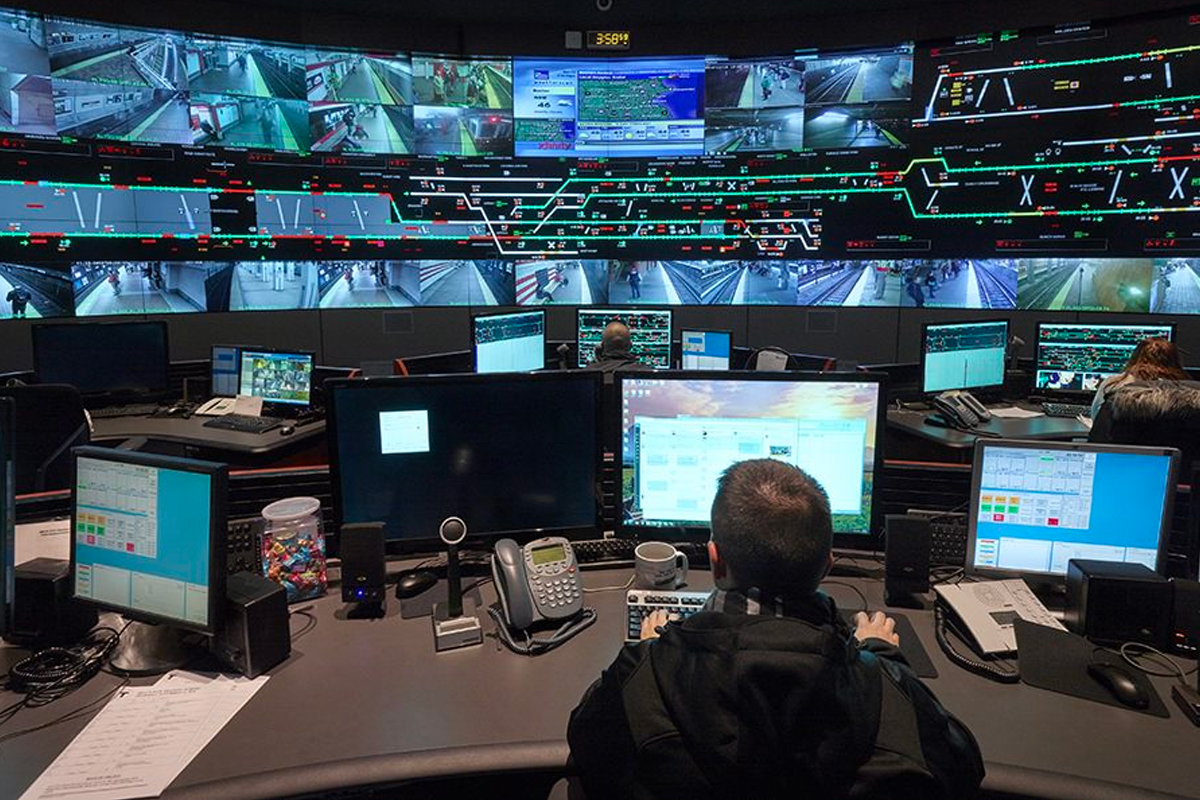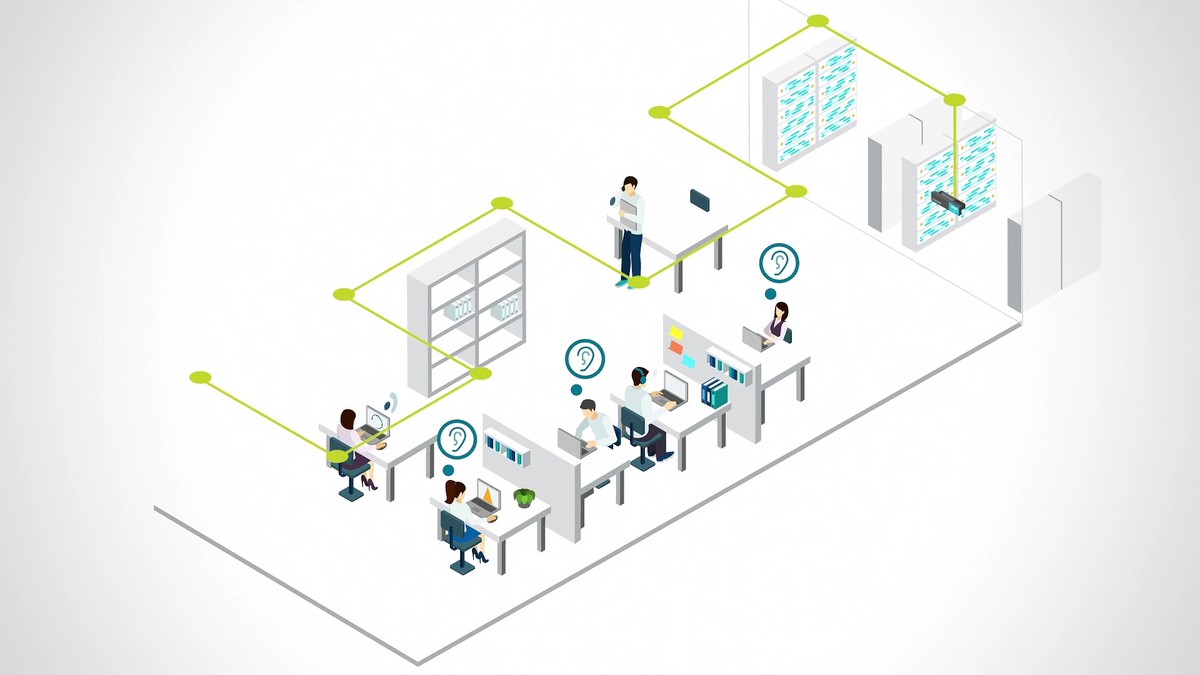
Video over fiber isn’t new, but it has outpaced other technologies in providing great outcomes for complicated, high-resolution installations. It beats the competition on overcoming installation challenges of speed and distance. It is a future-ready technology that will likely serve client needs several generations of tech to come. Here are some reasons why we should consider video over fiber the future of hi-res installs.
 Why video over fiber and not AV over IP?
Why video over fiber and not AV over IP?
Speed and distance are the great limiters when it comes to high resolution video. AV over IP solutions solve some problems, up to a point. While it remains a popular extender technology, IP is set to remain at its current speed of 10.2 Gbps for the foreseeable future. As potential speeds increase, customers will soon think of these speeds as the norm. Systems integrators need a better solution today for 4K HDR video at 18 Gbps and soon for HDMI 2.1 data rates at 24 Gbps, 32 Gbps and 48 Gbps.
Video over fiber is set to become that solution. Introduced into the market several decades ago, video over fiber now offers a range of solutions that solve the speed and distance problems. These solutions include extender boxes, active optical cables (AOCs) and even optical adapters.
AOCs have also become very popular. These are typically “hybrid” cables with a combination of both optical fibers and copper wires inside a jacket.
This hybrid construction allows power and low-speed control signals to use copper wires, just like a standard cable, while the high-speed signals are transmitted optically on multiple separate fibers. It should be noted that there are some challenges with AOC. Distance remains a concern because of the limitations of the copper wiring. Changes in the field are not possible, as the hybrid construction requires that AOC be terminated in the factory.
WDM for Video over Fiber
Being able to cut AV cables to length in the field was one advantage held by IP-based solutions. Now beyond AOC, video over fiber has this capability as well. A technology called wavelength division multiplexing (WDM) combines multiple channels onto a single fiber. They convert electrical HDMI, Display Port, or other protocols to light, and then move the video over distances (where IP-based protocols were challenged. The light is then converted back to electrical signals where an image is displayed.
With WDM, channels can stack on top of each other in a single fiber. Different wavelengths can be transmitted in both directions. Transmission speed is not negatively affected, so WDM lets you keep on stacking.
WDM is new to the AV market. Another advantage is that, with use of a single industry standard, it can be utilized exactly as copper cabling has been used to this day.
 Video over Fiber is Future-Ready
Video over Fiber is Future-Ready
While the above advantages in usability are significant, perhaps the biggest advantage is how, at least in terms of modern technology, video over fiber is set to stand up to the test of time. Fiber infrastructure at the point of installation should last through several generations of hardware and other upgrades. Video over fiber is becoming the solution of choice for 4K HDR video, making it the future-ready choice for high-resolution installations.
We work hard to bridge the gap between preparing for the future and making sure our clients’ needs are met today. Video over fiber is a great solution to making the new work with more legacy components. Minding this gap should present fewer challenges and greater opportunity for high-resolution installations.
Talk to Us About Your Project
Too busy to chat right now?
Send us a message.






